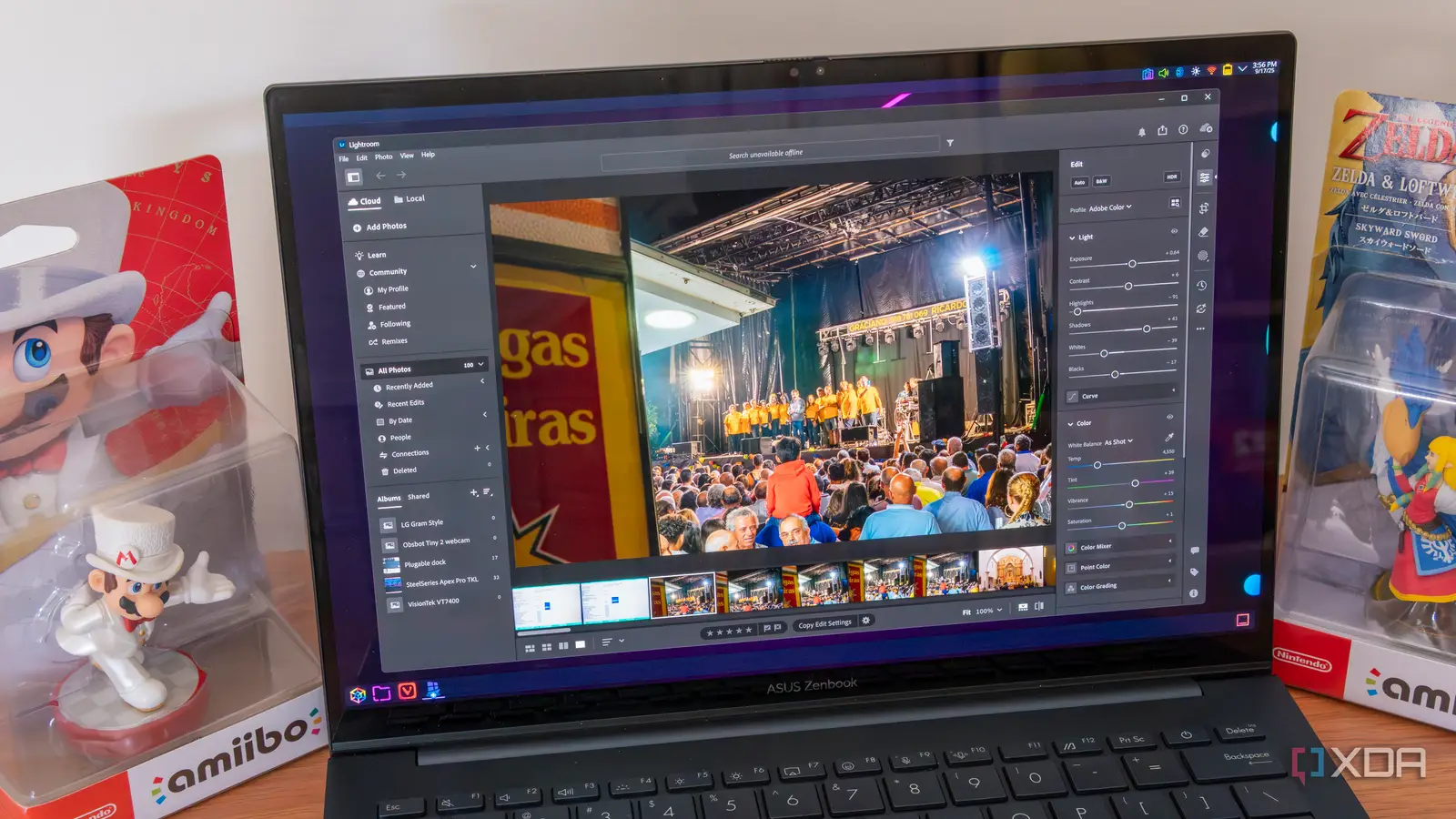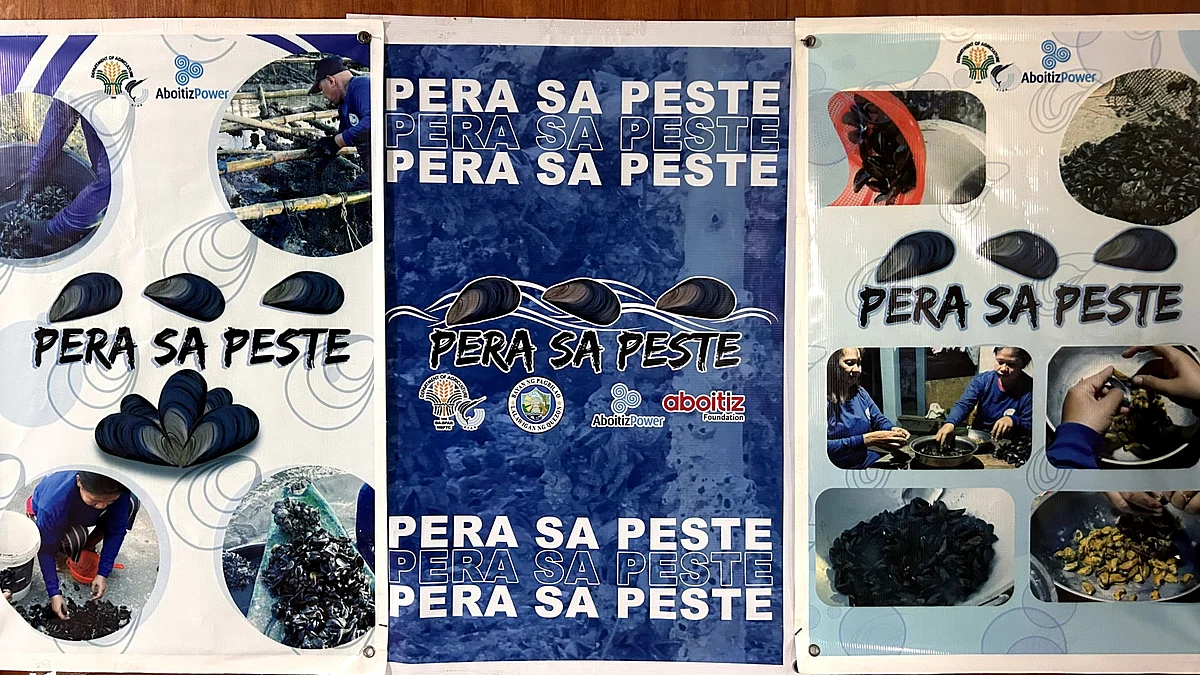
There seems to be an increasing desire from many people to ditch Windows 11 in favor of Linux, and I’ve been caught up in it. I’ve tried a few Linux distros over the past few months, and I’ve settled on Arch Linux with KDE Plasma for what I now consider my main laptop.
However, there are still some big drawbacks, specifically the lack of apps I’m accustomed to on Windows or macOS, such as Adobe Lightroom or Photoshop. Thankfully, solutions like WinApps exist, and while I tried that one a while ago, I recently heard of another, more user-friendly option: WinBoat. So, of course, I had to give it a shot.
Setting up is pretty easy
Much more user-friendly than WinApps
I originally set up WinApps on one of my Linux PCs, but coming into WinBoat is a very different experience. The hardest part was setting up Docker, which is the virtualization engine powering the Windows experience in WinBoat. You’ll need to use Docker’s CLI tool rather than Docker Desktop, as the desktop client doesn’t support all the features required by WinBoat, but this isn’t really explained to you during setup.
Once I got that sorted (and it took a while), setting up WinBoat is actually a lot easier than WinApps. It has a nicely designed UI guiding you through the process of choosing your desired specs for the virtual machine and making sure you have everything set up correctly. It feels a lot more welcoming than WinApps, and it takes some design cues from Windows itself.
On the flip side, WinBoat doesn’t integrate quite as well with Linux as WinApps does. My Windows apps aren’t registered in Linux’s launcher, which means I need to launch WinBoat first in order to run the apps I want. Though at least apps are added automatically and if something is missing, the more friendly UI also makes it easy to add custom apps. For some reason, WPS Office wouldn’t appear on my app list normally, so I had to do it manually, but after that, it was fine.
Some apps work quite well
WPS Office is much better here
Actually getting into using my Windows apps, the experience is a mixed bag. WPS Office is a standout example of an app that works quite well, with a much better experience than what I got with WinApps. Everything is responsive and works as expected, and I can type a document totally fine. I can’t perceive any delay while typing, and I can even insert images from my Home folder on the Linux host, and it all works very seamlessly. On WinApps, I had noticed some issues with parts of the app loading correctly, but that doesn’t seem to be an issue here. It all works great.
Adobe Lightroom is also mostly fine, provided I don’t try to use GPU-intensive features like the automatic denoising capabilities. These still take too long since the Windows machine can’t access the GPU on your host easily. If you have a discrete GPU, you might be able to assign it to a VM, but on integrated graphics, there isn’t much you can do. Still, most of the other features work fine and it’s a decent experience.
I tried a couple of other apps, though there frankly isn’t a whole lot more that requires me to use Windows rather than Linux. The Windows version of Vivaldi mostly ran alright, barring some graphical issues that can usually be fixed by resizing the window.
It’s still not good enough to fix the “app gap”
Reliability and performance are huge issues
There’s one major app I still need in order for Linux to be able to fully replace Windows for me, though, and that’s Photoshop. Unfortunately, this is where things fall completely flat for me.
Photoshop relies heavily on GPU processing, and there’s no GPU being passed through to the Windows virtual machine, which means the experience is nearly unusable. It seems fine at first, but as soon as you use something like the selection tool, the entire experience falls apart. The floating menu that appears under a selection just pops in and out of view and you can’t see what you selected. Clicking around can sometimes fix it, but I can’t find a reliable way to get the UI to function, so the app is simply unusable. If you have a discrete GPU, you might be able to pass it through to the VM when you need it, but that means it can’t be used by the host system, so there’s always a trade-off. And on a typical laptop, you just have no way to get it to work properly.
That alone is enough to make this solution not viable for me, but it gets worse. The implementation of FreeRDP to open Windows apps within Linux just isn’t the most reliable, and the behavior isn’t consistent. In my relatively short testing period, I tried launching apps numerous times only for nothing to happen on the screen. If you try to open a Windows app when another one is already open, the original app will disappear, though you can eventually get it back by trying to open a new app again. Things don’t render reliably. The most reliable way to use Windows is to just open the entire Windows desktop and do things that way, because the technology for showing individual apps clearly isn’t there yet. But at that point, you can use any typical VM software.
Will we ever get to that point?
Ditching Windows would be great
It’s very unfortunate that a solution like this still won’t work as reliably as I need it to, as I’d love to be able to simply use a Linux PC all the time, but the way things are looking isn’t very positive. Despite their user interface differences, WinBoat and WinApps essentially work the same way in the background, so a lot of the issues are going to be in both solutions.
Another option you can try is Wine, but the real-time translation approach is also far from perfect for a lot of apps, so your mileage will vary a lot. Unfortunately, it just seems like a perfect solution doesn’t exist, and might not exist until companies like Adobe bring their apps to Linux natively. Will that ever happen? It seems unlikely, but one can hope.



